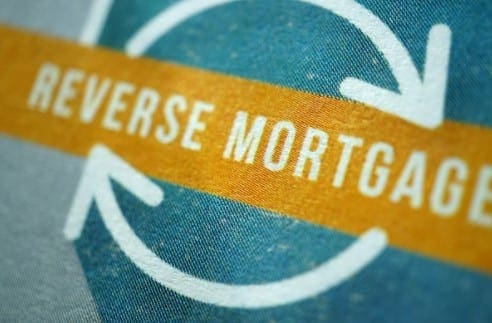 The federal government has expanded access to protections for the non-borrowing spouse of a reverse mortgage holder who is not named in the loan document, allowing more such spouses the ability to stay in their home if the borrowing spouse dies or moves to a care facility.
The federal government has expanded access to protections for the non-borrowing spouse of a reverse mortgage holder who is not named in the loan document, allowing more such spouses the ability to stay in their home if the borrowing spouse dies or moves to a care facility.
Reverse Mortgage Protection Prior To 2014
A reverse mortgage allows homeowners to use the equity in their home to take out a loan, but borrowers must be 62 years or older to qualify for this type of mortgage. Up until 2014, if one spouse was under age 62, the younger spouse had to be left off the loan in order for the couple to qualify for a reverse mortgage.
But couples often did this without realizing the potentially catastrophic implications. If only one spouse’s name was on the mortgage and that spouse died, the surviving spouse would be required to either repay the loan in full or face eviction.
Related Post: What Is An “I Love You” Will And When It’s A Bad Idea
Reverse Mortgage Protection Ruling Of 2014
In 2014, the Department of Housing and Urban Development developed a rule that better protected at least some surviving spouses. Under the rule, if a couple with one spouse under age 62 wants to take out a reverse mortgage, they may list the underage spouse as a “non-borrowing spouse.”
If the older spouse dies, the non-borrowing spouse may remain in the home, provided that the surviving spouse establishes within 90 days that they have a legal right to stay in the home (this could, for example, be an ownership document, a lease, or a court order).
The surviving spouse also must continue to meet the other requirements of a reverse mortgage holder, such as paying property taxes and insurance premiums.
While this rule was beneficial to many non-borrowing spouses, it left some out: It applied only to loans taken out after the law became effective in 2014 and did not cover spouses of borrowers who had to leave the home due to medical reasons.
Related Post: Does Reverse Mortgage Means Losing Equity To The Bank?
New Reverse Mortgage Protection For a Non-Borrowing Spouse as of May 2021
In May 2021, the Federal Housing Authority issued a new rule that addresses these issues and expands the protection to the following spouses:
- All non-borrowing spouses, not just ones whose loans began after 2014
- Non-borrowing spouses of borrowers who had to move to a healthcare facility for more than 12 consecutive months
- Spouses who were in a committed relationship with the borrower at the time of the loan, but were prevented from marrying the borrower due to their genders, provided they eventually married before the borrower’s death
Related Post: Asset Protection Planning Benefits For Medicaid
The new rule also eliminates the requirement that non-borrowing spouses demonstrate that they have a marketable title or the legal right to remain in the home.
This rule still does not cover spouses who were not married to the borrower at the time of the loan (except in the case of same-sex marriages that were prohibited at the time). Additionally, the non-borrowing surviving spouse still cannot access the remaining loan balance.
To read the new rule, click here.
Disclaimer: The information provided in this article does not, and is not intended to, constitute legal advice and is for general informational purposes only.
Let Us Know How We Can Help!
Please fill in your contact information and a brief message about what you need help with. A consultation will need to be scheduled in order to provide legal guidance.
Marketing & Technology Director at RWC, LLC, Attorneys & Counselors at Law
Ukraine born and Israel / Miami, FL raised. University of Miami graduate in the Marketing field.
Mom to a girl, a boy, and a Siberian Husky.







